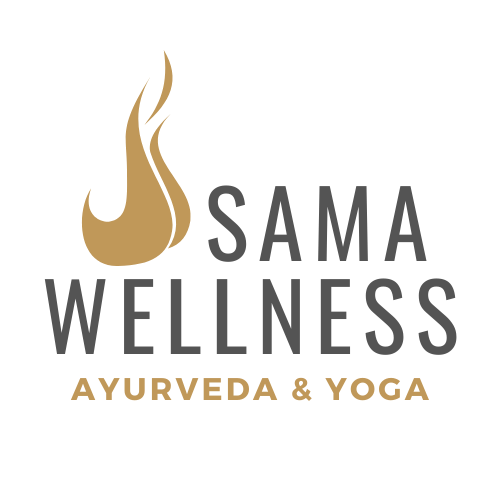What is Yoga?
―
Yoga is a practice that leads you to connect to your most authentic self. Yoga is a practice of discernment. Yoga is an eight-step path, in which some of the steps are intentional practices and some happen spontaneously. Yoga leads us to enlightenment. Yoga is helpful for maintaining a healthy body, mind and spirit. Yoga is skill in action.
These are all true, and they are all incomplete. What links them is the practice aspect; yoga is something you must connect to regularly, if you are interested in reaping the deeper benefits. Theory is fascinating for the discursive mind, but to experience Yoga it needs to be integrated into the body.
Importantly, Yoga originates in India. We in the West are extremely fortunate to benefit from this wisdom tradition, and we would do well to remember that when we are trying to brand it, fitness-ify it, or “innovate.” <insert goat emoji here>
Yoga is not just the postures. A deep backbend doesn’t automatically give you enlightenment, nor does the inability to deeply backbend prevent enlightenment. AND, the postures ARE important. They move energy, clear the channels, calm the mind, improve the digestion, and so much more. We aim to practice in the space between overemphasis on the postures and underemphasis on the postures.
What is Ashtanga Yoga?
―
Ashtanga Yoga refers, first and foremost, to the Eight Limbs of Yoga explained in Patanjali’s Yoga Sutras. The Yoga Sutras were compiled sometime between 500 B.C.E. and 400 C.E., and based on much older teachings passed down through oral tradition. In the second chapter, the Chapter on Practice, Patanjali outlines eight steps along the path to reaching liberation (though they are not exactly linear): Yamas (moral restraints), Niyamas (personal observances), Asana (physical posture), Pranayama (breathing practice), Pratyahara (sense withdrawal), Dharana (concentration), Dhyana (meditation) and Samadhi (absorption).
Ashtanga Yoga also refers to the method of physical yoga practice in which students learn a sequence of poses based around the Sun Salutation (Surya Namaskar), adding on one pose at a time at a pace that is appropriate for them, with the guidance of a teacher. The purpose of the poses in the Primary Series is to cleanse and strengthen the digestive system. The Second (Intermediate) Series works on the energy body.
Many folks think of Ashtanga Yoga is rigorous and challenging, and they’re not wrong. However, it is a misconception that one has to be young, strong and flexible (or have any particular body type) in order to practice Ashtanga at all. We practice with the body we’re in. A qualified teacher will be able to scale / modify the poses in such a way that they can be approachable for anyone who has interest in the method; this is one of the benefits of the one-on-one aspect of a traditional Mysore-style practice.
A note from Ellie:
The sequences of Ashtanga Yoga were developed by K Pattabhi Jois along with his teacher T Krishnamacharya in Mysore, India. It has come to light in the last handful of years that Jois abused a number of his female students. There are no photos of Jois in the spaces where I practice and teach, and I do not use honorifics such as “Guru” or “Guruji” to refer to him. At the same time, attempting to erase him from the lineage would deny the very real gifts that India herself has give us, including this beautiful healing practice. I believe we can practice with integrity, acknowledging the Indian roots of this tradition while at the same time deciding not to deify a man who hurt a lot of people. I never met Jois; my first trip to India was in 2011, after his passing.

